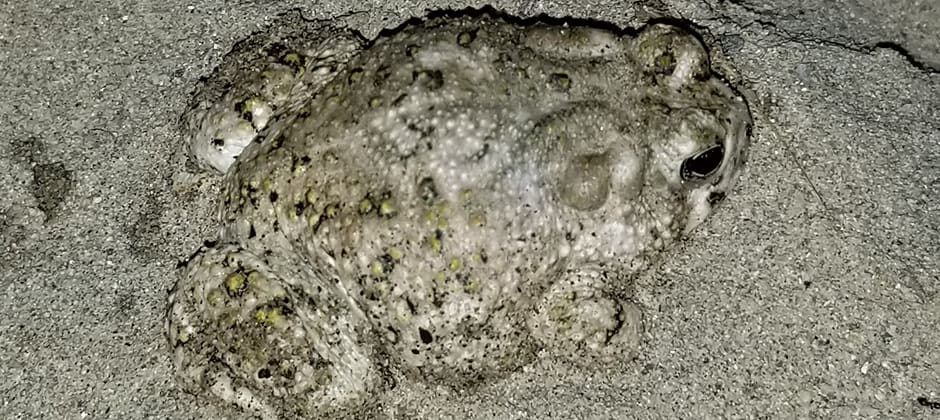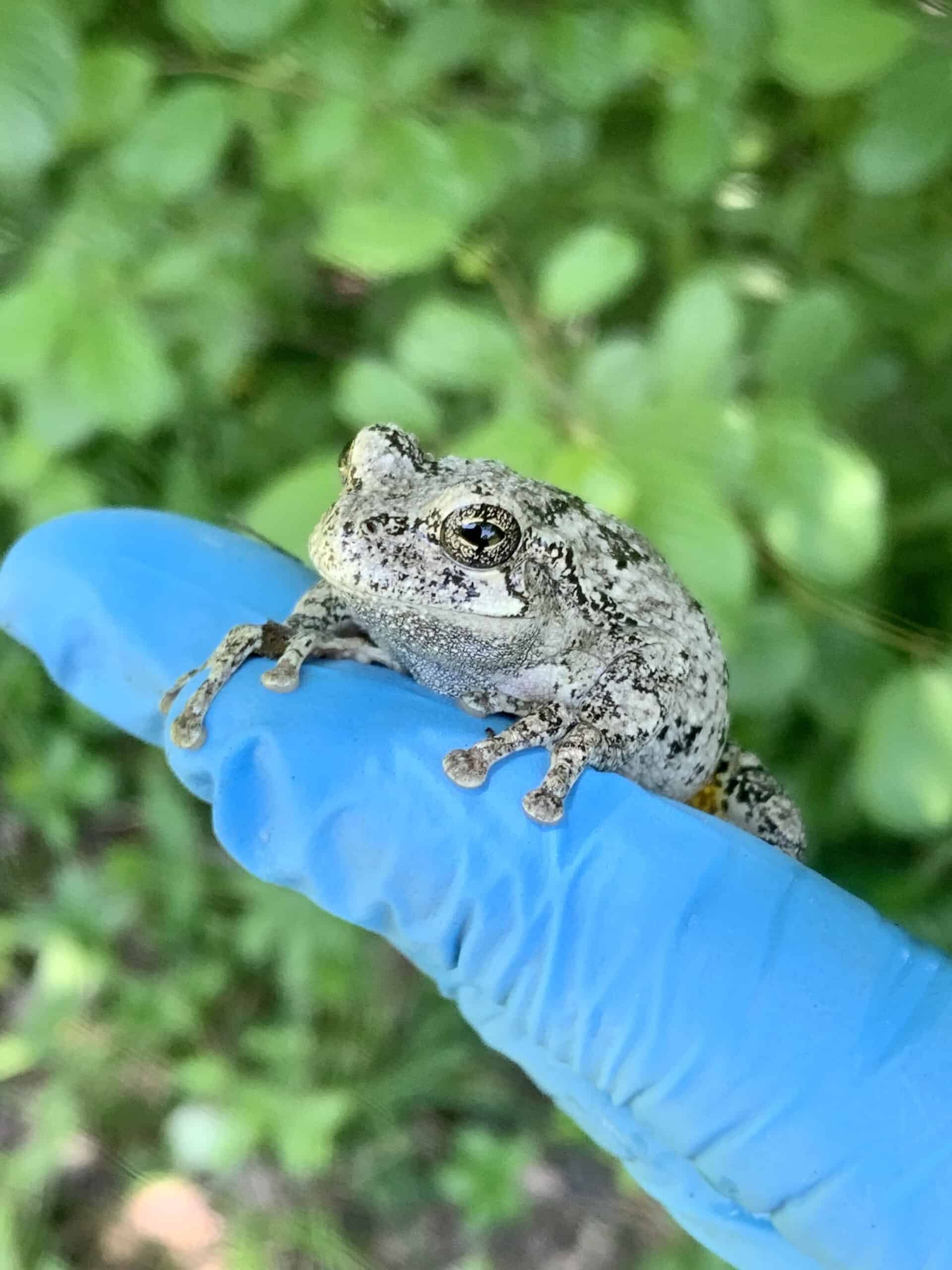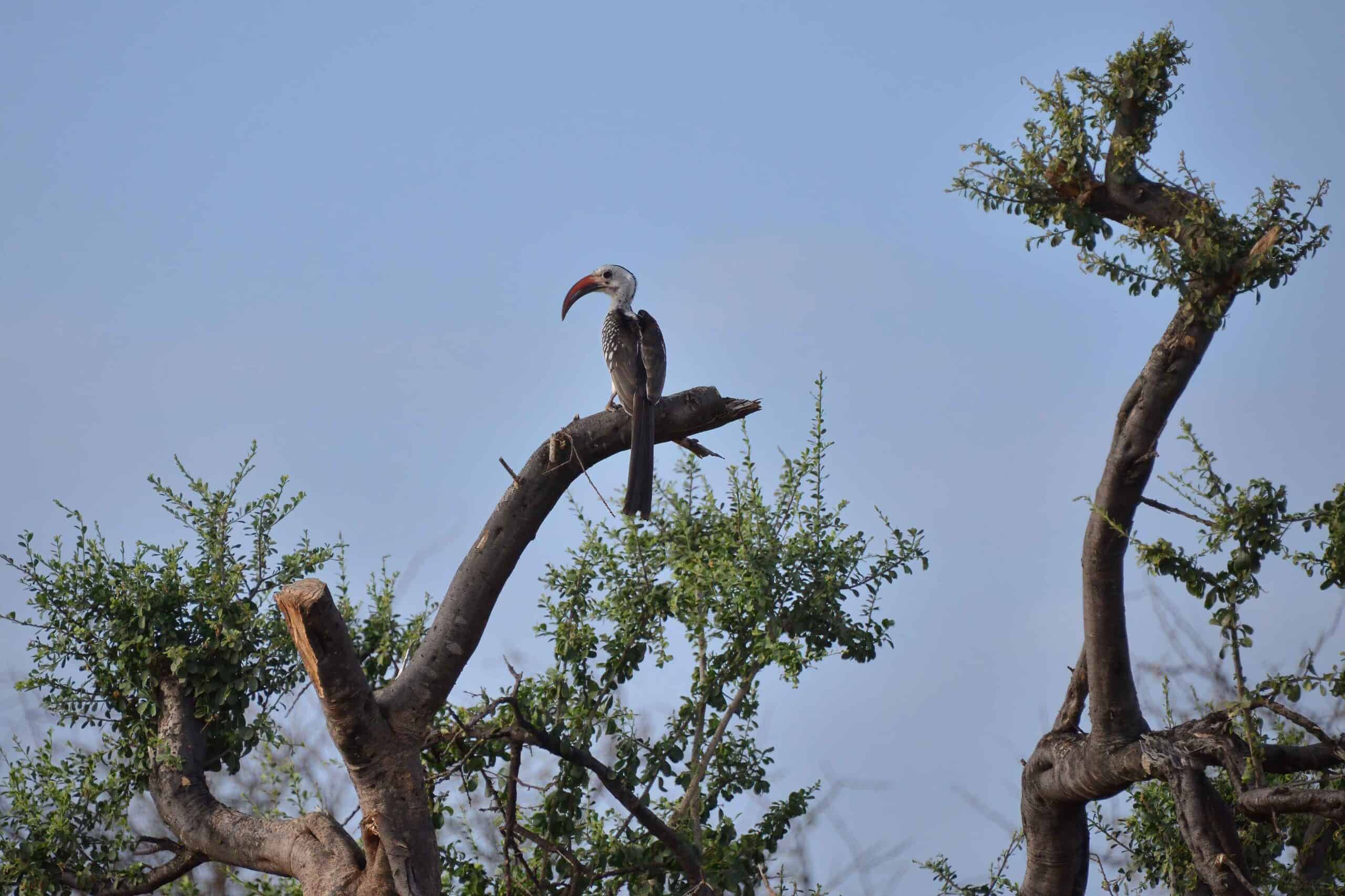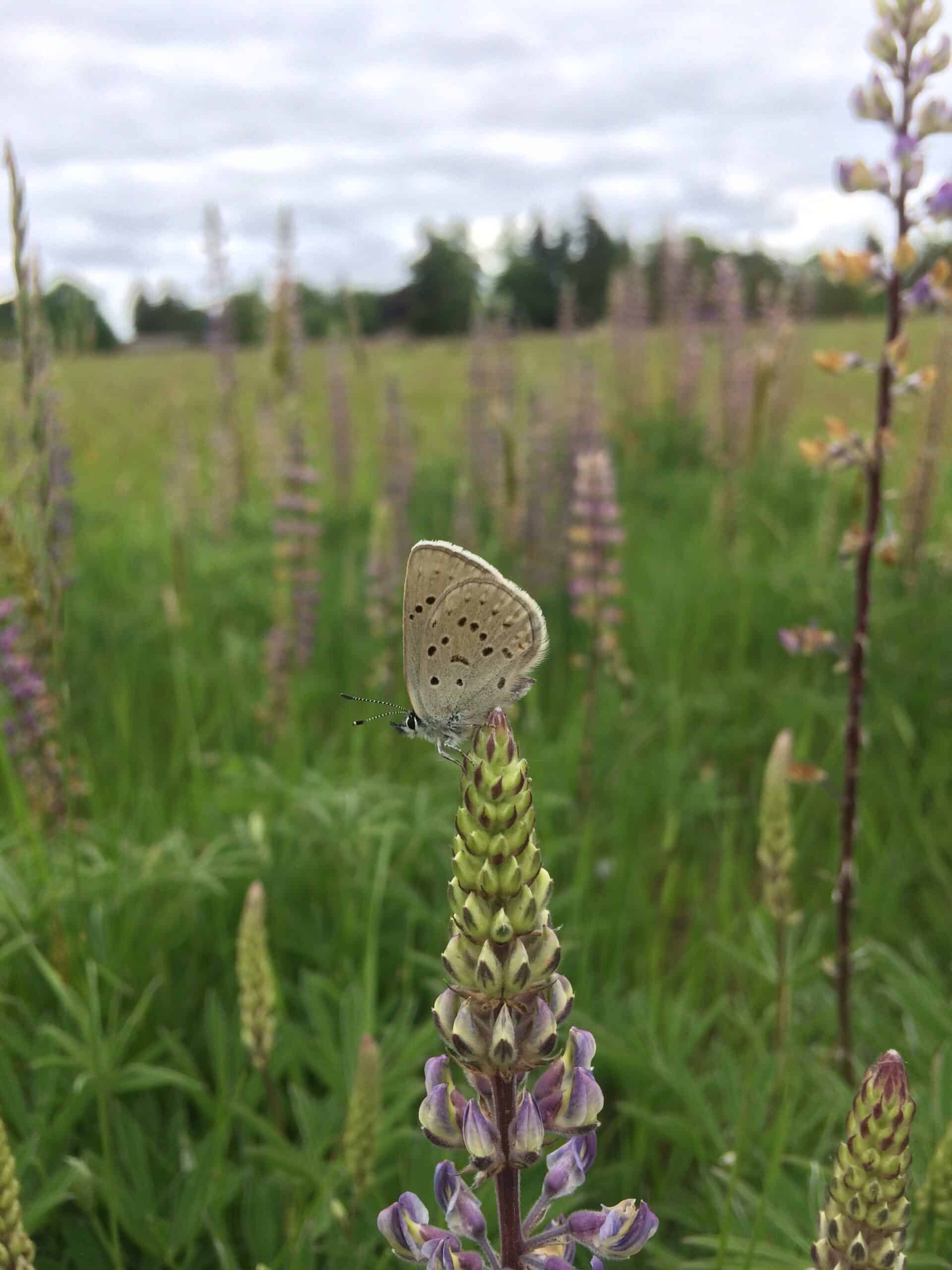Share this article
Arroyo toads are disappearing from former range
Arroyo toads’ have seemingly weathered long-term drought in California, but the desert specialists are still disappearing from some of their former wetland breeding sites.
The arroyo toad (Anaxyrus californicus) is only found in California in the U.S. and in Baja California in Mexico. These habitat specialists rely on shallow braids of waterways that pass through sandy soil in parts of their range during the spring to lay their eggs. The tadpoles develop in these waterways, emerging onto dry land where they spend the majority of their time after they metamorphose into toads. They are mostly nocturnal as adults, spending their time in rodent burrows or digging under the sand adjacent the creeks to cope with the dry season.
Wildlife biologists have been surveying some populations periodically over the last two decades but comprehensive surveys have not been conducted. The U.S. Fish and Wildlife Service last published a recovery plan for the federally endangered species in 1999, so a reevaluation of the species was timely and relevant.
In a study published recently in Ecology and Evolution, Cynthia Hitchcock, a biologist at the U.S. Geological Survey, conducted range-wide surveys of the toads in California in collaboration with 36 colleagues to provide a baseline estimate for future efforts to monitor population changes.
Between 2017 and 2020, the researchers visited 75% of the 115 known sites where arroyo toads had ever been reported.
Out of those 88 sites visited, the researchers found arroyo toads in at least 61 sites, meaning the toads were absent from nearly a third of all previously known sites. But Hitchcock said that it’s still difficult to tell whether this means toad numbers are declining. It’s also possible that there are toad populations at locations that weren’t previously reported or found by the recent surveys.
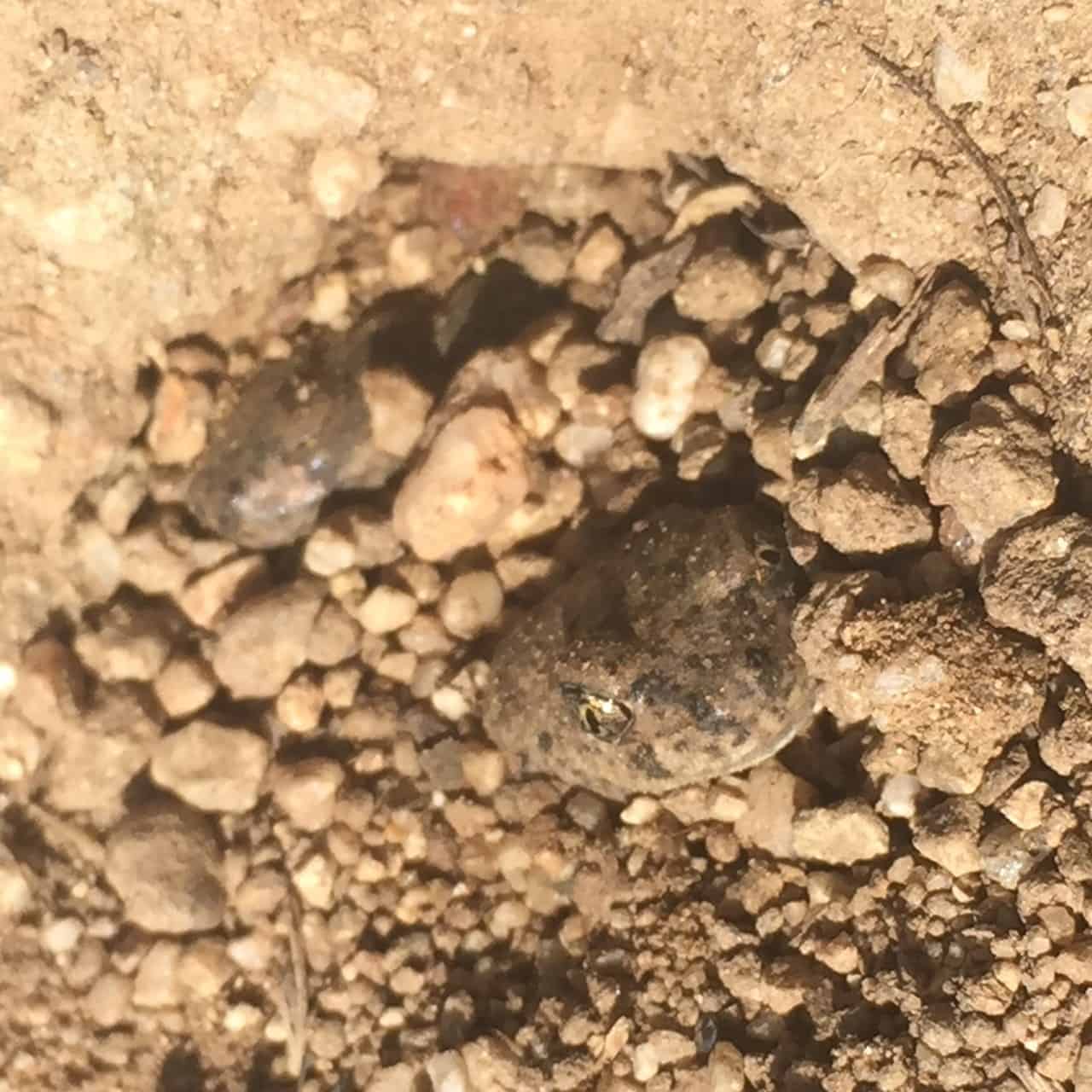
A newly metamorphosed arroyo toad emerging from a burrow. Credit: Cynthia Hitchcock
In any case, researchers expected the toads to be doing a lot worse than they were due to recent climate patterns.
“We were a little bit surprised that they hadn’t declined more given the prolonged drought that we’ve been having here,” Hitchcock said, adding that arroyo toads typically live for seven to eight years, and the length of the drought is on track to surpass that.
The toads were present in 18 of 19 watersheds outlined in the 1999 Recovery Plan for the species, though, which would mean the species meets one of the four criteria for downlisting.
The researchers say that doesn’t mean the species is out of the woods. Mitigation for drought, such as altering water flow regimes and controlling invasive species, and confidence that current populations were stable or expanding would still be needed before downlisting would occur, the authors said.
The goal of this study was just to get a new baseline of the species’ current status, Hitchcock said. To get a proper idea of whether there are declines within populations, therefore suggesting species decline, surveys would need to be repeated two or three times in coming years to learn how and if the numbers of individuals within populations are changing.
She also said that the study should help wildlife managers determine where to focus conservation action based on the presence or absence of toads and potential toad threats there.
The health of the population of these amphibians is also something of an indicator for the overall health of the ecosystem, she added.
“This is a habitat specialist,” Hitchcock said. “It’s an endemic species. It’s also an amphibian, and amphibians are sort of like the canary in the coal mine due to their sensitive skin, which absorbs many things from both their terrestrial and aquatic environments.”
Header Image: Arroyo toads are found in California and Baja California. Credit: Adam R. Backlin



